When it comes to maintaining the beauty and functionality of granite countertops, I’ve found that understanding the nature of the material is the first step. Granite is a natural stone, known for its durability, heat resistance, and unique aesthetic appeal. However, to keep granite countertops looking their best, consistent care and attention to detail are required. This starts with the daily cleaning routine. I always recommend using a pH-balanced, non-abrasive cleaner specifically designed for stone surfaces. This type of cleaner helps to remove spills and grime without dulling the stone’s natural shine or compromising the sealant. After cleaning, I prefer to wipe down the surface with a soft cloth to avoid streaks, ensuring the countertop retains its polished finish.
One aspect of granite countertop care that I never overlook is sealing. Granite is porous, meaning it can absorb liquids, which can lead to staining if left untreated. Sealing the countertop creates a barrier that prevents liquids from penetrating the stone. I’ve found that the frequency of sealing depends on the specific type of granite and its usage. Some granites may need sealing every six months, while others can go a year or more. To check if a countertop needs sealing, I suggest performing the water test—simply pour a few drops of water on the surface. If the water beads up, the seal is intact; if it seeps into the granite, it’s time to reseal.
Heat resistance is one of granite’s strong points, but I’ve learned that it’s still wise to use protective measures. While granite can withstand high temperatures, placing hot pots or pans directly on the surface can lead to thermal shock, which may cause cracks or discoloration. I always use trivets or hot pads to protect the countertop, even if I’m in a hurry. This small step goes a long way in preserving the integrity of the granite. Additionally, using cutting boards is essential. Although granite is hard enough to resist scratches from knives, regular use without a cutting board can dull the blades and eventually wear down the sealant.
Avoiding harsh chemicals is another key aspect of granite countertop care that I prioritize. Acidic substances like vinegar, lemon juice, or ammonia-based cleaners can etch the surface and weaken the sealant. Instead, I opt for mild, stone-safe cleaners and natural cleaning solutions that won’t damage the stone. For stubborn stains, a paste made from baking soda and water can be applied to the affected area and left to sit before gently scrubbing and rinsing it off. This method is effective yet gentle, ensuring that the granite’s surface remains pristine.
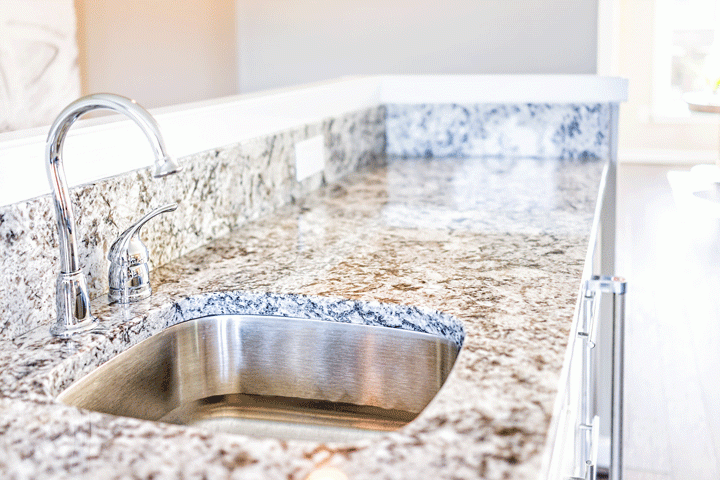
Water spots and rings are common issues I’ve encountered with granite countertops, particularly around sinks and areas where glasses or bottles are frequently placed. To prevent these, I always make a habit of wiping up spills immediately and drying the surface thoroughly. If water spots do form, a mixture of baking soda and water can often remove them without causing damage. In my experience, using coasters under glasses and cleaning up water droplets as soon as possible are simple yet effective habits that contribute significantly to maintaining the countertop’s appearance.
Over time, even with careful maintenance, granite countertops can lose some of their luster. When this happens, I find that polishing the surface can restore its original shine. I recommend using a granite polish that is specifically formulated for stone surfaces. This not only enhances the countertop’s glossy finish but also adds an extra layer of protection against spills and stains. I usually apply the polish with a soft cloth, buffing the surface in circular motions until it gleams. It’s important not to over-polish, as this can lead to a buildup of residue that dulls the surface over time.
In the event of minor scratches or chips, I’ve discovered that they can often be repaired at home with a granite repair kit. These kits typically include a resin or epoxy that can be tinted to match the color of the granite. After applying the resin to the scratch or chip, I smooth it out with a razor blade or another flat tool and allow it to cure. Once cured, the area can be lightly sanded and polished to blend seamlessly with the surrounding surface. For deeper or more extensive damage, I usually recommend consulting a professional to ensure a flawless repair.

When dealing with oil-based stains, I’ve learned that a poultice can be highly effective. A poultice is a thick paste made from a combination of a solvent (like acetone) and a powder (like baking soda or talc). I apply the poultice to the stained area, cover it with plastic wrap, and let it sit for 24 to 48 hours. The poultice draws the oil out of the granite, lifting the stain. After removing the poultice, I clean the area with a stone-safe cleaner and reseal if necessary. This method has proven to be a reliable way to address stubborn oil stains without damaging the countertop.
I also make sure to address the issue of etching, which can occur if acidic substances come into contact with the granite. Etching appears as a dull spot on the surface and can be mistaken for a stain. To remedy etching, I recommend using a granite polishing powder, which can be buffed into the affected area to restore the shine. It’s important to note that prevention is the best approach—by avoiding acidic cleaners and spills, etching can be largely avoided.
One of the common concerns I hear about granite countertops is the potential for bacterial buildup. While granite is not as porous as some other stones, it can still harbor bacteria if not properly cleaned. I advise regular cleaning with a stone-safe disinfectant, especially in areas where food is prepared. I also make it a point to thoroughly clean up any spills from raw meat, as these can introduce harmful bacteria. By maintaining a clean and well-sealed surface, the risk of bacterial contamination is minimized, ensuring a hygienic workspace.
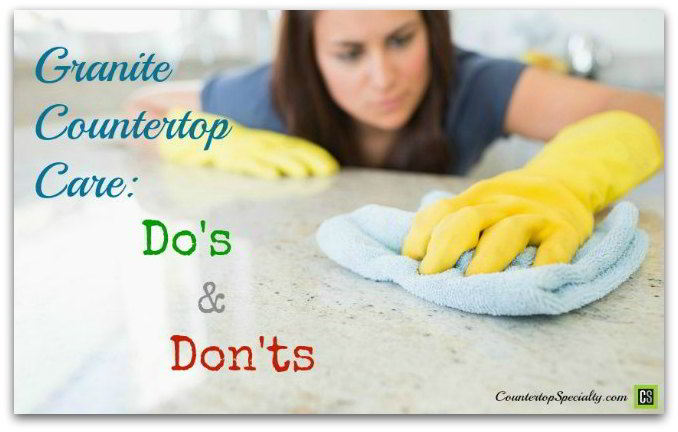
Granite countertops are an investment, and I believe that understanding their maintenance needs is crucial for long-term satisfaction. From regular cleaning and sealing to addressing stains and scratches promptly, each step in the care routine plays a role in preserving the countertop’s beauty and functionality. I’ve found that with the right knowledge and habits, granite countertops can remain a stunning centerpiece in the kitchen or bathroom for many years.
It’s also worth mentioning that while granite is heat-resistant, it’s not completely impervious to thermal damage. I make it a point to educate others on the importance of avoiding sudden temperature changes, such as placing a cold object on a warm surface or vice versa. This can cause the granite to crack or discolor. By using trivets and avoiding direct contact with extreme temperatures, the risk of thermal damage can be greatly reduced.
Last, I’ve noticed that many people overlook the edges and seams of their granite countertops when cleaning. These areas are just as important as the surface itself, as they can accumulate grime and moisture. I always use a soft brush to clean the seams and edges, paying close attention to any buildup. Sealing these areas is equally important, as it prevents moisture from seeping in and causing damage. Regularly inspecting and maintaining the edges and seams ensures that the entire countertop remains in top condition.

Common Mistakes to Avoid
When caring for granite countertops, I’ve seen some common mistakes that can lead to unnecessary damage or reduced lifespan. One mistake is using generic household cleaners, which often contain harsh chemicals that can strip away the sealant and dull the granite’s finish. Instead, I always recommend stone-specific cleaners.
Another frequent mistake is neglecting to reseal the countertops regularly. Without a proper seal, the granite becomes vulnerable to stains and moisture damage. I’ve also noticed that some people place heavy objects on the edges of the countertop, which can cause chips or cracks over time. Ensuring that the weight is distributed evenly and avoiding pressure on the edges is key.
Last, forgetting to use trivets or cutting boards can result in scratches and heat damage. Simple precautions like these can go a long way in preserving the countertop’s appearance and durability.
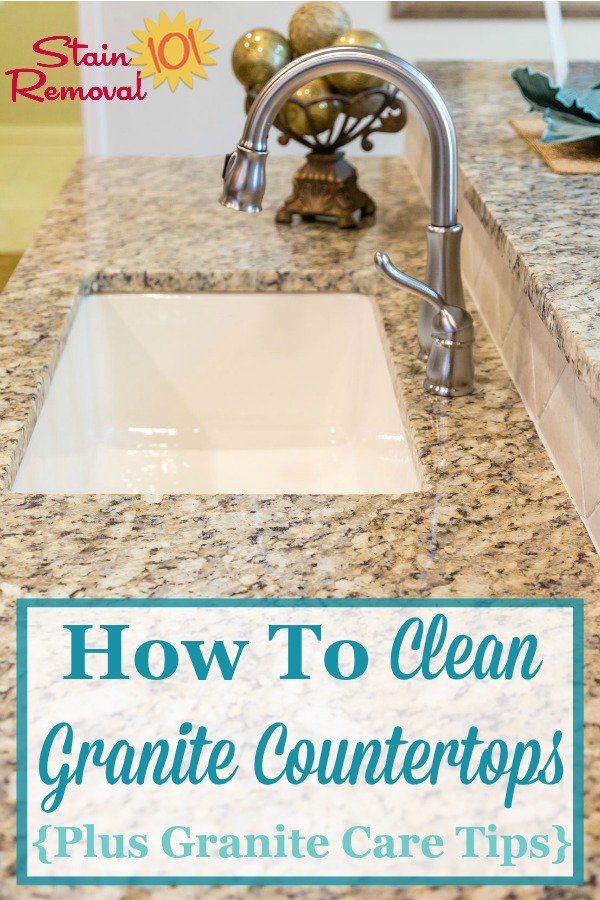
How often should I seal my granite countertops?
The frequency of sealing granite countertops depends on the type of granite and how often the surface is used. In my experience, most countertops benefit from sealing every 6 to 12 months. I usually perform a water test to determine if resealing is needed. If water droplets no longer bead up on the surface and instead seep into the granite, it’s time to apply a new coat of sealant.
Can I use vinegar to clean my granite countertops?
I advise against using vinegar or any other acidic cleaner on granite countertops. Acidic substances can etch the surface and weaken the sealant, leading to dullness and increased vulnerability to stains. Instead, I recommend using a pH-balanced cleaner specifically formulated for natural stone, which will clean the surface effectively without causing damage.
What should I do if I spill something on my granite countertop?
When a spill occurs on granite, I make sure to clean it up immediately to prevent staining. For liquid spills, I gently blot the area with a soft cloth rather than wiping, as wiping can spread the liquid further. If the spill is oil-based, I use a poultice to draw out the stain. Acting quickly and using the right cleaning methods helps maintain the countertop’s pristine condition.
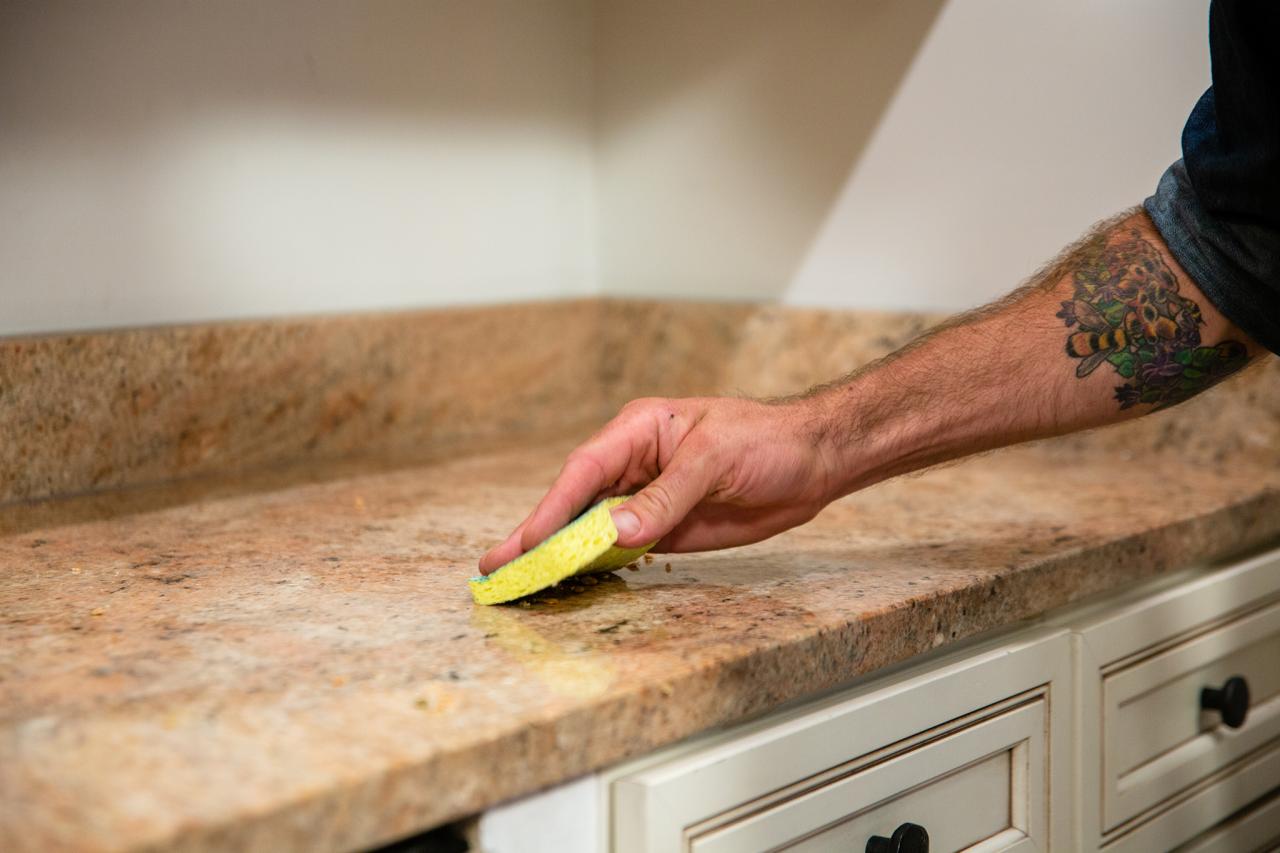
Is it safe to cut directly on granite countertops?
While granite is durable and scratch-resistant, I always use a cutting board to avoid dulling my knives and potentially wearing down the sealant. Cutting directly on the countertop can eventually lead to minor scratches and reduce the longevity of the sealant. Using a cutting board also prevents contamination, as bacteria from raw foods can linger on the stone if not properly cleaned.
Can I place hot pots or pans directly on granite countertops?
Although granite is heat-resistant, I prefer to use trivets or hot pads to protect the surface. Placing hot pots or pans directly on the countertop can cause thermal shock, leading to cracks or discoloration. By taking this simple precaution, I can avoid potential damage and keep the granite looking its best.
How do I remove water spots from my granite countertops?
Water spots are common, especially around sinks and areas where glasses are frequently placed. To remove them, I typically use a mixture of baking soda and water, applying it to the spot and letting it sit for a few minutes before gently scrubbing and rinsing. Drying the countertop immediately after cleaning helps prevent new spots from forming.
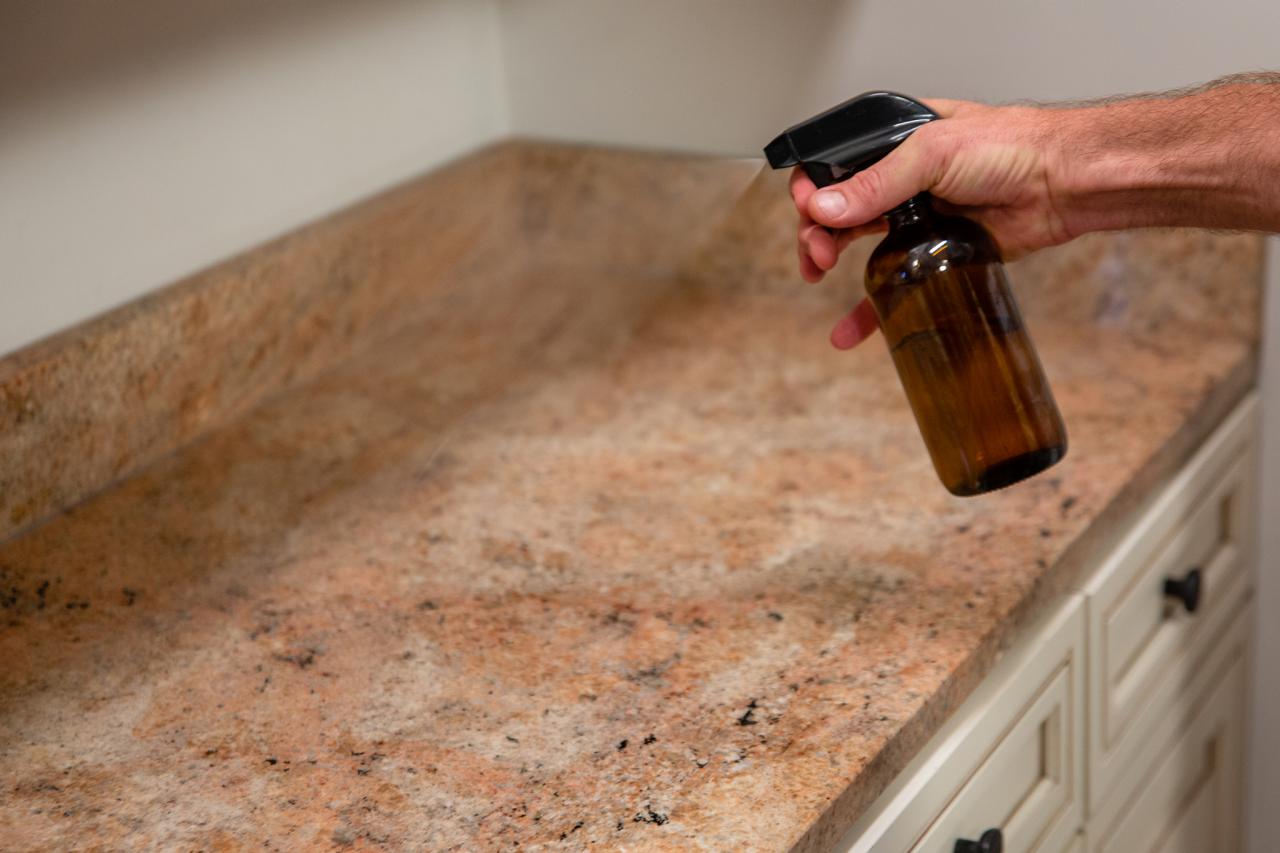
How to Care For Your Granite Countertops – Use Natural Stone

Related articles: